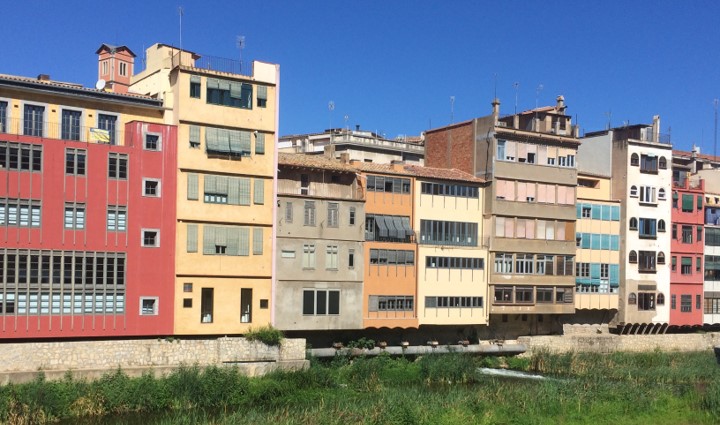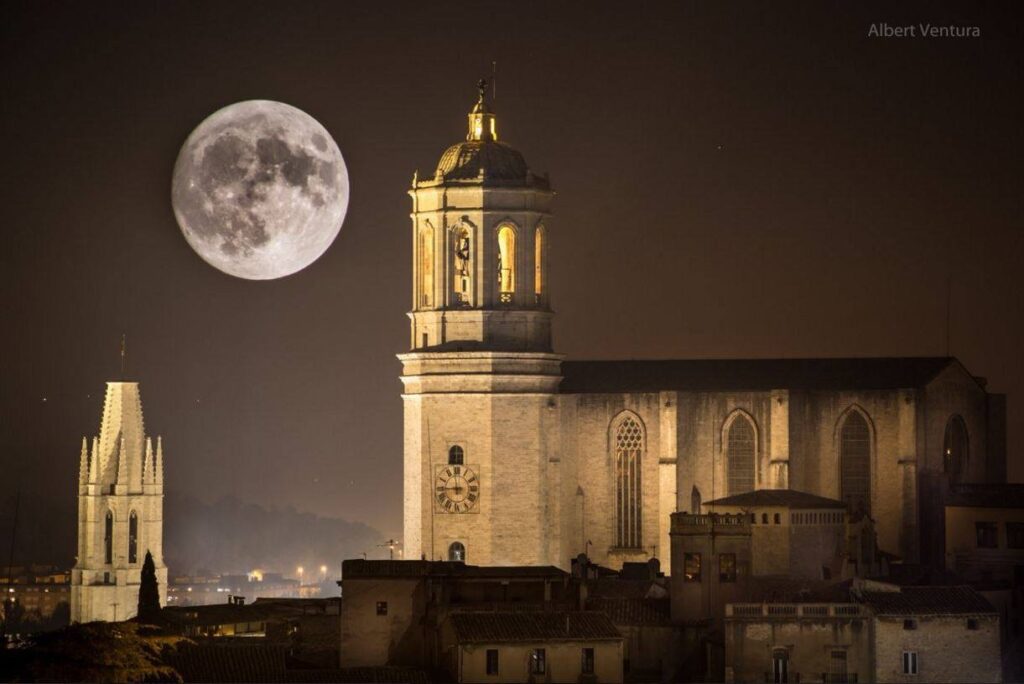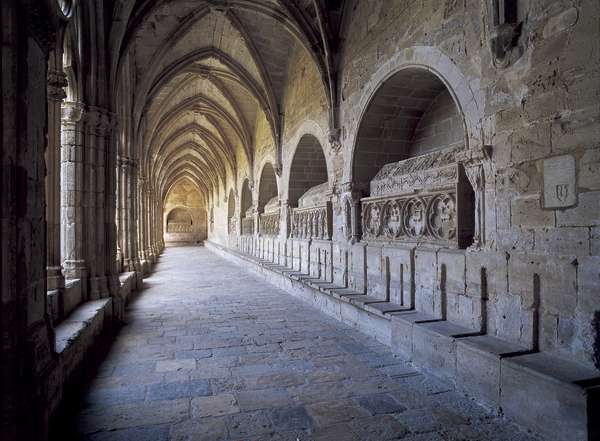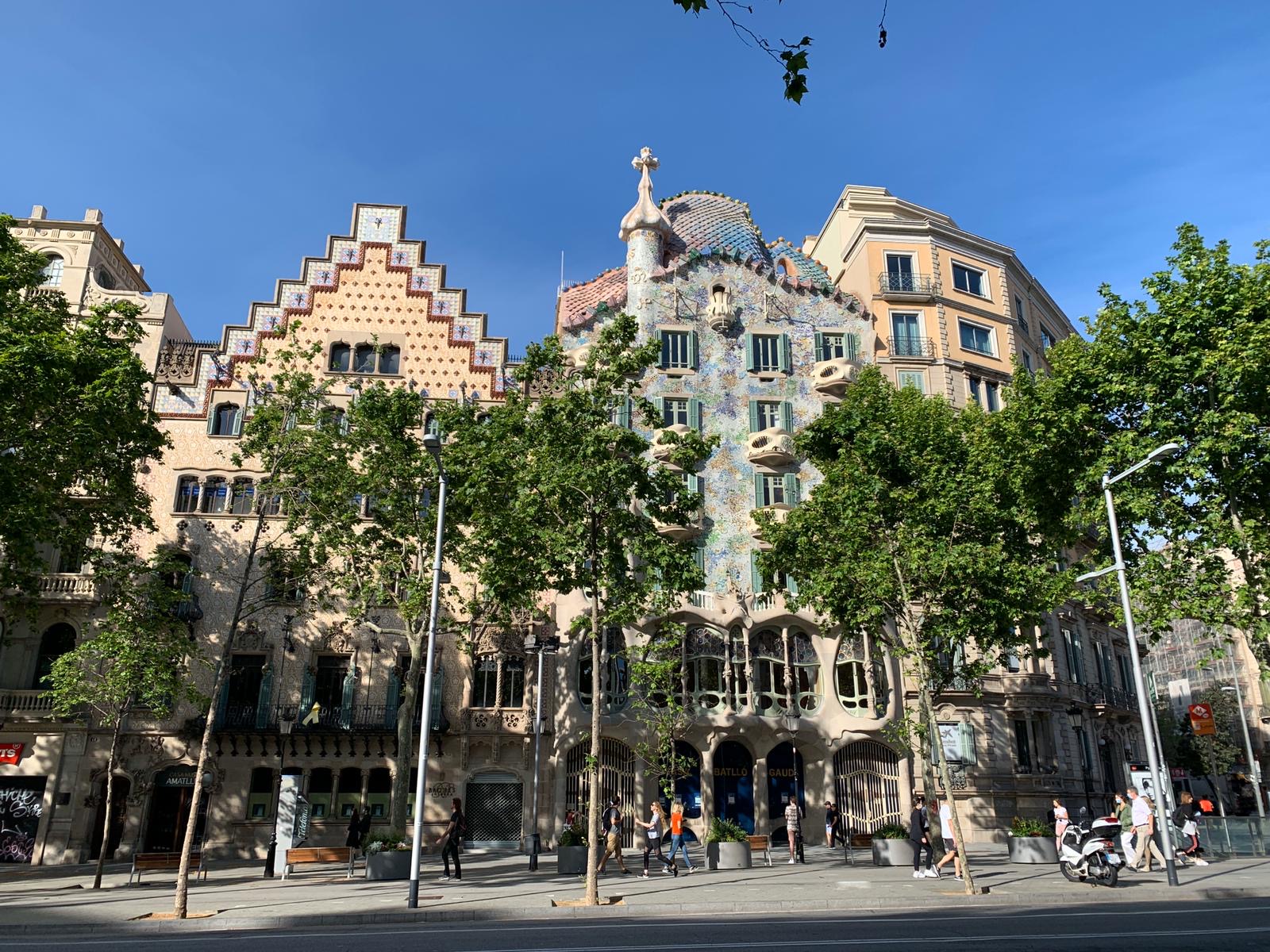CITY TOURISM ALLOWS VISITORS TO GAIN NEY EXPERIENCES AND KNOWLEDGE.
It offers one of the most interesting ways to explore other cultures, customs, and to become familiar with cultural, architectural, touristic, leisure, and even gastronomic icons. It is a form of travel that enables visitors to explore the attractions, culture, and cuisine of a tourist destination. A tour of different cities or iconic capitals can bring about new experiences and insights. In this context, gastronomy plays a fundamental role as an essential part of the local culture, providing a way to better understand the region by savouring its traditional dishes, tasting local wines, participating in culinary workshops, or going on gastronomic routes. Gastronomy is a key component of city tourism and a way to enrich the traveller’s experience. One can complement city tours with visits to smaller towns and localities in the surroundings, offering a special charm.
In Catalonia, Barcelona is one of Europe’s favourite destinations for hosting all kinds of scientific and business gatherings, congresses, conventions, product presentations, and incentive trips. After the significant urban transformation in the city of Barcelona during the 20th century, which culminated in the characteristic Eixample district, where some of the most representative Catalan modernist buildings are located, a visit to these landmarks is a must. The great work of Antoni Gaudí, one of the most renowned architects of this modernist movement stands out, including internationally known works such as Casa Milà (La Pedrera), Casa Batlló, and the Temple of the Sagrada Familia. Barcelona offers all the attractions of great Mediterranean cities. Its artistic, cultural, architectural, and gastronomic offerings hold secrets that must be discovered, with an environment that complements a wide and varied range of opportunities to enjoy shows, nature, sports, and activities by the sea.

The province of Barcelona covers an extensive territory between the Cadí mountain range and the Mediterranean Sea, offering significant landscape contrasts and a rich cultural history. The coastline extends along 100 kilometers, dotted with beautiful coastal cities and towns that have preserved their authenticity over the years.
From the Maresme-Costa Barcelona region, through the two Vallès, Oriental and Occidental, to el Baix Llobregat, Garraf, Alt Penedès, Bages and Osona, all within a short car ride from Barcelona, these areas offer top-notch tourist attractions to explore the heart of Catalonia. Their proximity to the Port and Airport of Barcelona, where most tourists and visitors arrive, allows for day trips or longer stays. Traveling through the province’s interior is an excellent alternative to get to know the territory and enjoy its natural, historical, and cultural heritage.
In Catalonia, there are other charming cities and towns that deserve the visitor’s attention.

Girona, as the capital of the province, has nothing to envy to other localities not only in our country but also in Europe. The historic city of Girona allows you to explore over 2,000 years of history through two fortified areas, the Força Vella and the Medieval Eixample. The former corresponds to the Roman foundation, and the latter to the expansion of the walls during the 14th and 15th centuries. The city boasts abundant monuments and remarkable artistic treasures. Girona’s appeal is further enhanced by the captivating Jewish Quarter, known as the Call, with its beautiful streets and arcaded squares.
In the regions around Girona, although the main tourist preference is directed towards the towns in Empordà, such as Begur, Cadaqués, Pals, Peratallada, or Sant Martí d’Empúries, we should not disregard other towns in the regions of Garrotxa, Ripollès, or Pla de l’Estany. These places stand out for their artistic, architectural, and cultural heritage, as well as their local gastronomy, which delights visitors.

In Lleida, despite being the farthest location from the sea, there are different tourist attractions that make it a preferred destination for visitors. Lleida has a rich culture reflected in the modern city it is today. With about 140,000 inhabitants, Lleida has adapted its infrastructure to accommodate different neighborhoods that have come together in the center, thanks to the construction of the New Bridge (1973), the University Bridge (1993), the Pardinyes Bridge (1995), the Blondel Footbridge (1997), the Segre Avenue Footbridge (2003), the Marists Footbridge (2010), and the Prince of Viana Bridge (2010).
In 1999, the old slaughterhouse was transformed into the Teatre del Escorxador, and in 2000, the restoration of the Porta dels Fillols in the Seu Vella was completed. In May 2007, the Templar Castle of Gardeny was opened, housing the Interpretation Center of the Order of the Temple. Additionally, the Lleida Museum, Diocesan and Regional, was inaugurated. In January 2010, the “Teatro-Palacio de Congresos” La Llotja was opened, and in 2011, the Castle of the King – La Suda. In 2017, the Parador de Turismo was inaugurated in the former Roser Convent.
Close by, in the Pyrenees of Lleida, one can discover nature in its purest state. Notable attractions include the Aigüestortes i Estany de Sant Maurici National Park – the only national park in Catalonia – and the Cadí-Moixeró Natural Park, the Catalan protected area with the highest number of habitats and species of European interest. There is also a surprising cultural heritage, with the Vall de Boí Romanesque complex, declared a World Heritage Site, inviting visitors to enjoy tasty cuisine made with the best traditional and artisanal products.
Close by, in the Pyrenees of Lleida, one can discover nature in its purest state. Notable attractions include the Aigüestortes i Estany de Sant Maurici National Park– the only national park in Catalonia – and the Cadí-Moixeró Natural Park, the Catalan protected area with the highest number of habitats and species of European interest. There is also a surprising cultural heritage, with the Vall de BoíRomanesque complex, declared a World Heritage Site, inviting visitors to enjoy tasty cuisine made with the best traditional and artisanal products.

From the Tarragona area, history comes out of the stones. The city has been specializing in historical reconstruction activities. Ancient Tarraco was a small Rome, a port city, open in the Mediterranean, where many languages were spoken. Its Amphitheatre, an oval-shaped building built in the second century near the sea, stands out. The steps were dug out of the rock. The Serrallo district, typical of fishermen, is also a remarkable place to visit, where every afternoon the fish caught during the day is auctioned. It is a picturesque area, with its own personality and full of charming restaurants, where you can taste the best fish and seafood of Tarragona.
In its surroundings there is also a remarkable tourist and cultural offer. The Cistercian Route is an important offer of cultural tourism in a rural environment that combines culture, gastronomy and nature, and allows you to visit all the monasteries of Poblet, Santes Creus and Vallbona included in its itinerary. Other routes such as the Montblanc route can transport you to another era or the Priorat route which brings us closer to a territory with top quality local products. The modernist route in Reus also stands out, allowing you to discover the most interesting modernist façades.
Following the coast towards the south, you will arrive at the Parc Natural del Delta de l’Ebre, a wetland area characterized by its tranquility and variety of birds, as well as its great ecological interest. Inland, Parc Natural dels Ports also combines nature and fauna. In Miravet, in the south of Ribera d’Ebre, the impressive castle stands out, one of the best examples of Templar military architecture in the West. Finally, the theme park PortAventura World and the towns of Salou , Cambrils and La Pineda are 4 of the main points of interest of the Costa Daurada.
In each of these places, whether it is the most cosmopolitan city or any of the villages with a unique charm, you can enjoy the gastronomy, art, culture and architecture of the territory. In each of the regions there are very remarkable particularities and points of interest that provide new knowledge and broaden our travel experiences. All this to be able to enjoy a summer 2020 that, this year, has been different to what we have been doing until now when it comes to organizing family holidays or summer activities.
In summary, art, culture, architecture, and gastronomy bring life and personality to tourist destinations, providing a unique cultural and aesthetic value. City tourism offers travelers the opportunity to enjoy these creative expressions and understand the history of each destination. Museums and art galleries with exceptional collections, as well as urban art that gives life and character to neighborhoods, along with monumental architecture and historic buildings, are prominent tourist attractions and a significant appeal for art and architecture enthusiasts.
Some areas in Catalonia are also known for their innovative design and contemporary architecture. To fully enjoy all of this, it can be complemented with a family or group tour, sharing the journey in a private vehicle with a driver, or using minibusses and coaches of different capacities for larger groups, allowing for a first-class travel experience.

Esteve Business Cars offers a fleet of different types of vehicles that provide mobility solutions for tourists and visitors in Catalonia. They offer a luxury transportation service that ensures comfort and exclusivity for their clients. This type of service is ideal for people seeking elegant and personalized transportation for special events, business trips, luxury tourism, or any other occasion where comfort and privacy are valued.

